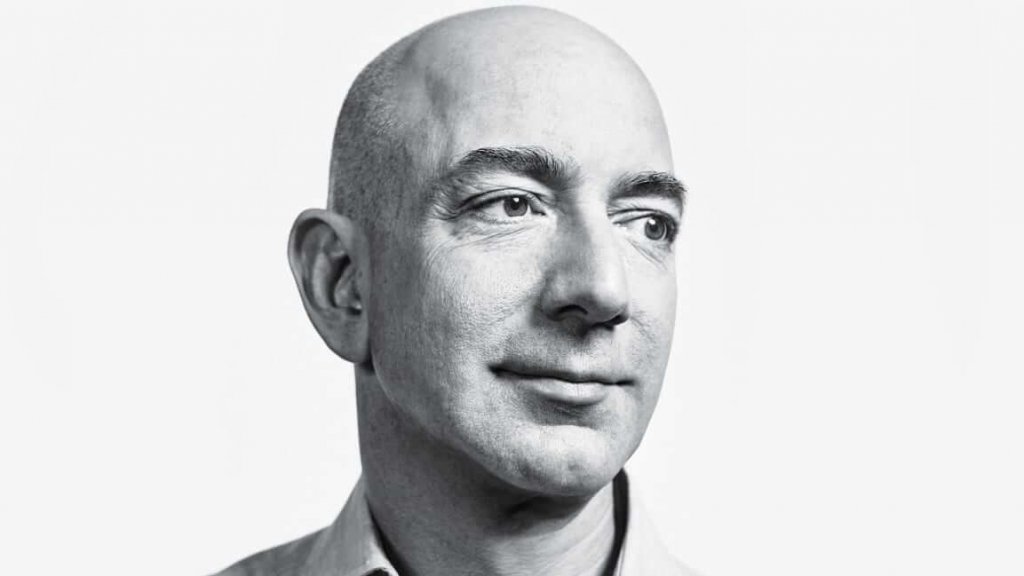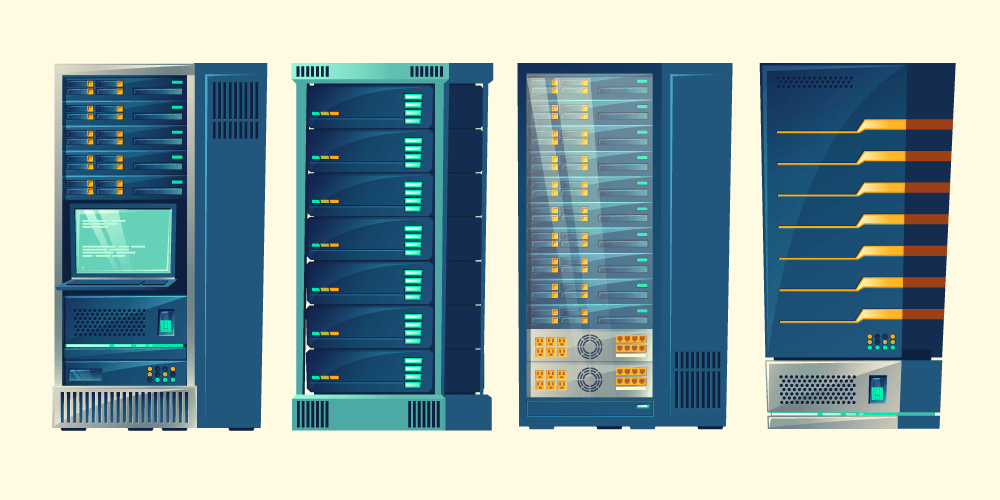Owning The Business Internal Infrastructure
Hey! Just so you know, this article is over 2 years old. Some of the information in it might be outdated, so take it with a grain of salt. I'm not saying it's not worth a read, but don't take everything in it as gospel. If you're curious about something, it never hurts to double-check with a more up-to-date source!
The more I read on strategic thinking methods and innovative thinking, the more I come across tales from successful business leaders that took responsibility of either innovative technologies or processes that were detrimental to the success of their business.
Two stories, in particular, stood out to me. One comes from an interview with CEO of Moonpig, Nick Jenkins in the book 'Demystifying Strategic Thinking: Lessons from Leading CEOs'.
The second focuses on Jeff Bezos of Amazon, coming from a book called 'Velocity: The Seven New Laws for a World Gone Digitality'where Ajaz Ahmed and Stefan Olander have conversations on business and strategy in the modern age.

Nick Jenkins - Moonpig
#Nick Jenkins is nothing if not a pioneer in business strategy, embracing technology in its infancy and seeing how to adapt it to give power in purchasing to consumers. His business Moonpig gave the general public ease-of-access to designing bespoke holiday cards for any occasion.
Nick wasn't an application designer or developer, he kept back from the finer details which allowed him to scope the larger picture of his business from the early stages; focusing on infrastructure and processes.
Nick faced tough decisions to make early, one of the largest decisions was surrounding outsourcing.
Most new print companies online acted as a storefront, allowing customers to either print templated designs. In Moonpigs case, the customer would design their own card and order it through their site.
Once the order was made, the online businesses would rely on a partner to print out the card design (similar to dropshipping) and either send the print directly to the customer or to the online business to package and send with personalised branding.
It was rare, but some online business could take the gamble and invest in an internal printing service. This would require hiring experts, investing in hardware and training, all of which would outweigh the costs of outsourcing in the short-term.
As the company grew, Nick decided against the traditional method of outsourcing. He invested in printing software and technology for his business when he could have easily outsourced the service. Setting it up so that as the company grew it had the capabilities to expand and manufacture internally.
...should we source out all of our production or not. We probably could have done that but I felt that actually, I knew that at a level of production it would be cheaper to have our own, and also when we got to that we would need to have resources internally in printing software and printing technology to be able to do that job properly. If we had outsourced it for several years and brought it in then we wouldn't have any competence in printing. So it probably cost a lot of money in the beginning but it was well worthwhile later.Nick Jenkins
This choice increased business costs early on but was a worthwhile investment as when the company grew it made it's money back and more in savings from removing the reliance on outsourcing the manufacturing at a large scale.
Most wouldn't have made such a decision without the capital, but his bold bet on the company growing to such scale paid off.
Not only did it pay off with a monetary gain, but as Nick mentions, the company developed a core competency and understanding of the printing process required for their business to scale and succeed.
More importantly, it mitigated risks from external partners.
Say Nick did partner with a print company and had arranged a mutually beneficial relationship where he was able to deliver on his products for five years. Then at the end of the five years, his supplier decides that they want to increase their fees by 20%.
Nick would be in a difficult situation in either scenario. Increased costs would require him to adapt his pricing structure, costs structure or invest in a rather large internal printing infrastructure. Don't forget that now Moonpig would have been running smoothly for five years. The demand for products would be high, and to set up an internal infrastructure to deliver products at this scale would take time and resources which could halt production and in turn kill the business.
Moonpig would have been backed into a corner.
Fortunately, Nick identified this early on and chose to invest internally, as opposed to the traditional idea of outsourcing the process to an external provider.

Jeff Bezos - Amazon
#Jeff Bezos is CEO of the tech juggernaut Amazon.
After pioneering the e-commerce business in the late '90s, Jeff Bezos has grown to be one of the richest men in the world, with his company finding itself tapping into everything digital.
E-commerce, shipping, video, music, web hosting, you name it an Amazon has dealt with it logistically and strategically every step of the way. In doing so, they have created an infrastructure which scales, so much so that it has inspired some of its services and products.
Infrastructure Inspired Services
#Hosting at Amazon is a great example of infrastructure that inspired a service.
When Amazon first set out to dominate e-commerce they realised they needed a web infrastructure which supported the traffic they'd receive from prospective customers. As the site grew in popularity, so did their hosting capabilities.
After years of growth and with e-commerce more or less under control, Amazon looked at how they could grow their list of services. Instead of looking outward at what they could next adopt, they recognised that the internal hosting infrastructure they'd set up for themselves wasn't being used to its maximum potential.
They had found themselves with servers and hardware going unused, as they always wanted to be over prepared than underprepared for any high-demands of web traffic.
With the spare hardware, Amazon looked at how they could sell the use of this hardware remotely as a service, and so Amazons web services.
AWS (Amazon Web Services) were introduced with access to file hosting, email services and a large range of Dev Ops services which tech companies could use at a low-cost to existing competitors.
Removing Competition
#Amazon not only benefited from their own internal systems as new services.
They also benefited greatly from striking deals to act as online resellers for large competing brands. The list of competitors destroyed as a result of this is shocking, but I'd like to focus on one example close to my heart, Toys R Us.
Toys R Us declared bankruptcy in late 2018.
Amazon agreed to a contract with Toys R Us in creating a partnership between the two retailers in August 2000, where Amazon would have exclusive rights to sell Toys R Us products online.
The agreement later turned sour in February 2006 where Toys R Us won a lawsuit against Amazon, Toys R Us claiming they found 4,000 items of their products on Amazon's site from other sellers.
Toys R Us failed in large because their focus was not on E-Commerce.
By outsourcing the opportunity of selling products online to a second company, as a matter of convenience, Toys R Us lost out on the chance to grow their online presence and focus on an internal infrastructure which supported the new trend of purchasing online.
I wrote more in detail about Toys R Us and 'The Impact Of Online Solutions To Businesses in the United Kingdom'in another one of my blog posts.

Conclusion
#Investing and scaling internal business processes costs time and resources, often outweighing the costs of outsourcing in the short-term.
Where appropriate, outsourcing is a smart choice for a business just getting started.
However, as a business continues to succeed and grow, or for an existing business looking to adopt a new technology or trend as part of their process; it is essential to consider the long-term plan before making a decision on whether to outsource of invest internally.
If possible, any services and processes which are critical to the success of a business and its operations should be kept internal to mitigate the potential of external providers and environments from influencing the success of the business.